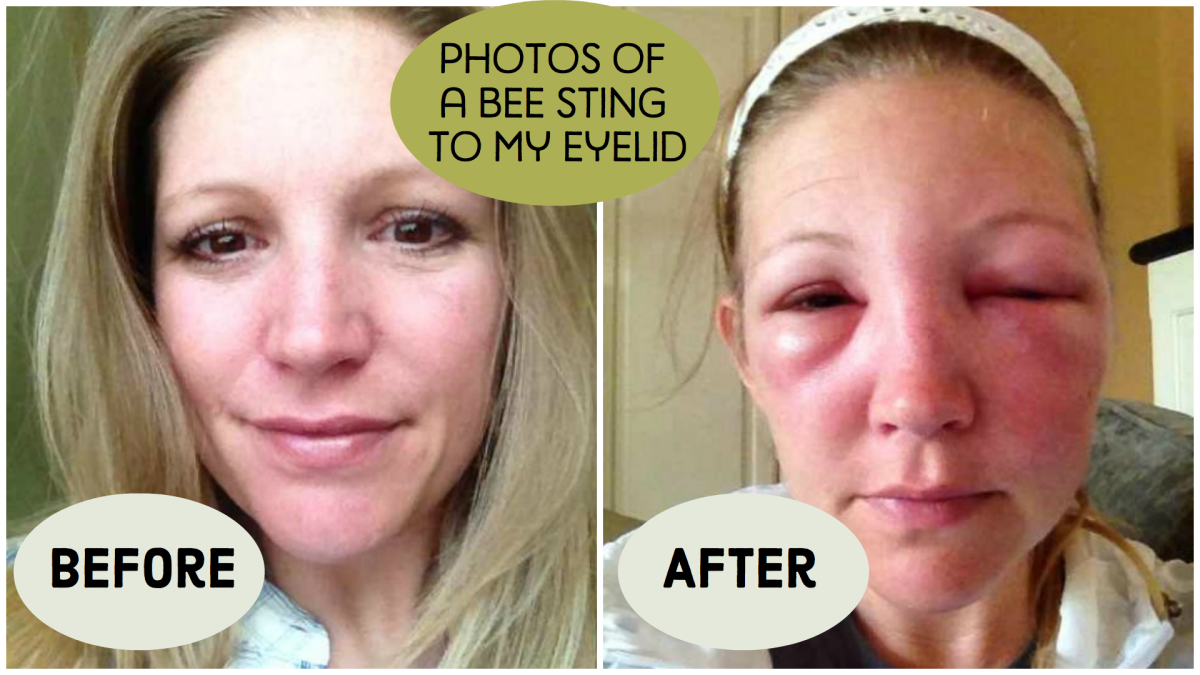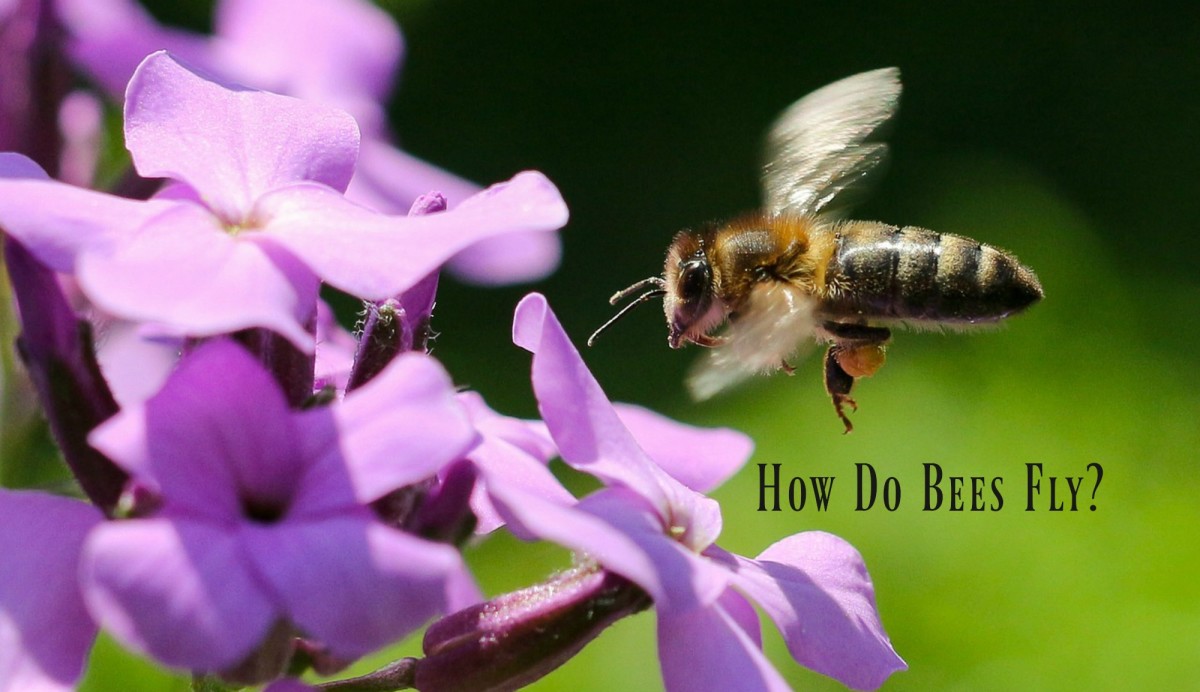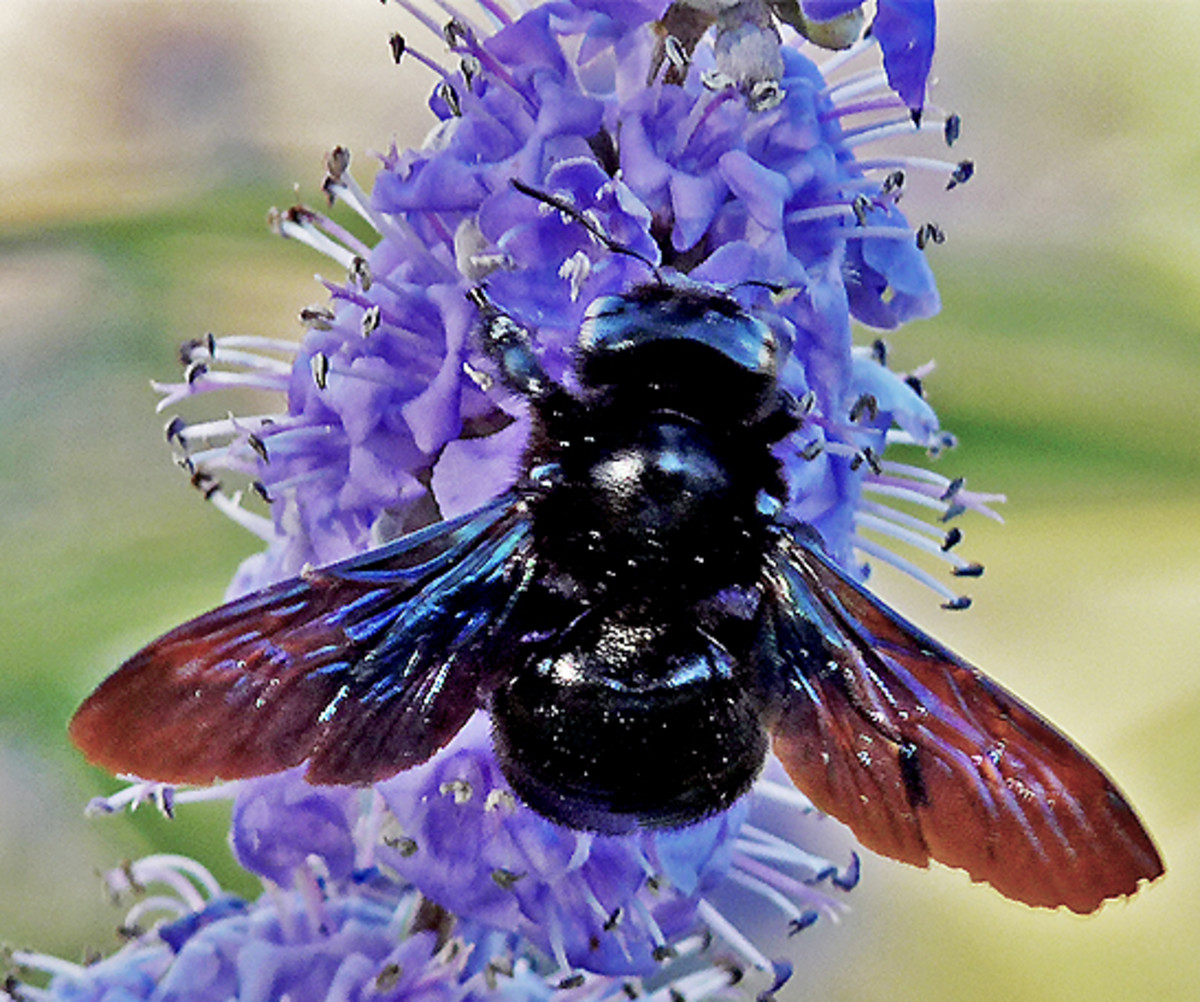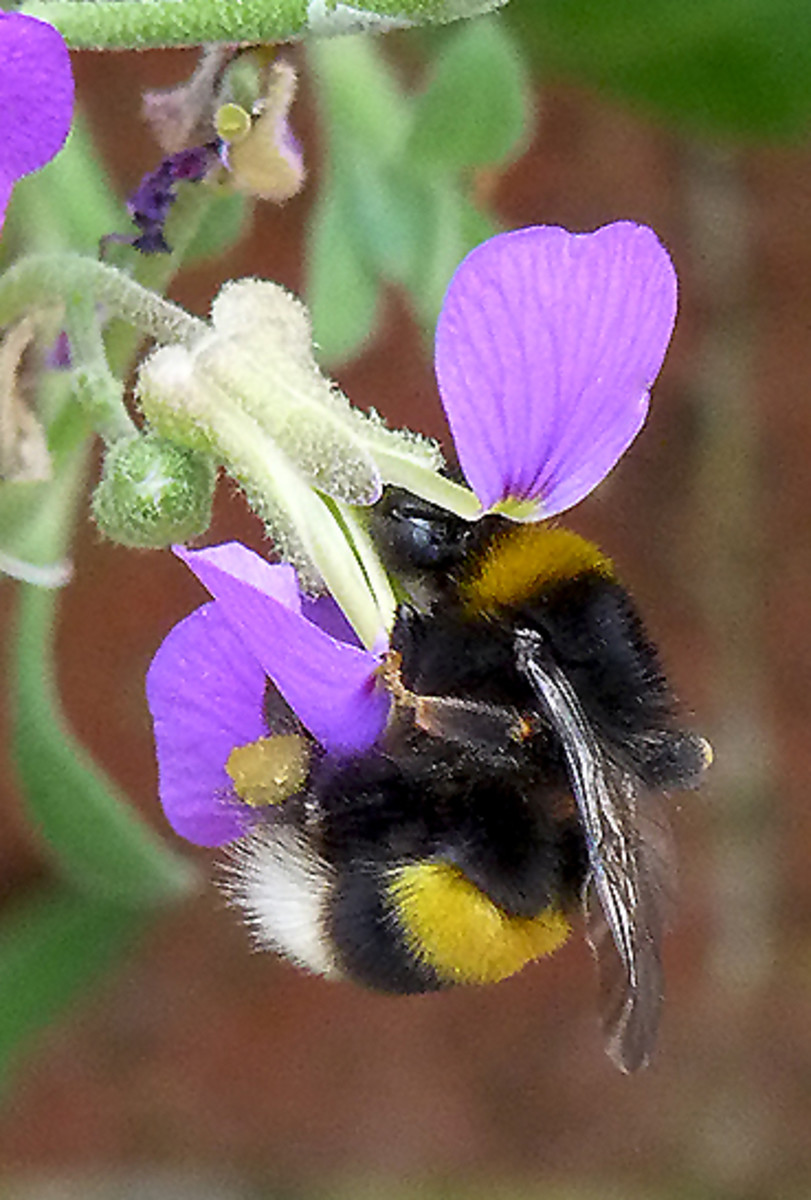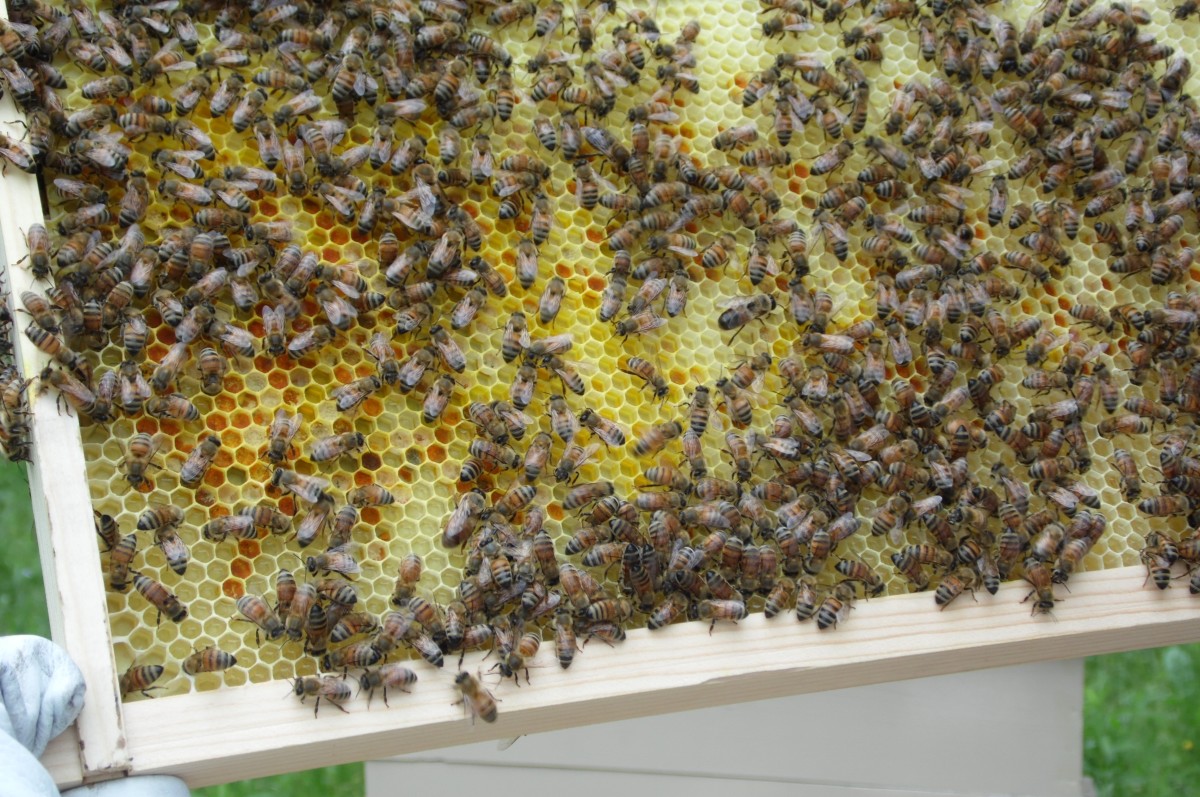Honeybee Facts | Why Bees Are Dying and How to Save The Bees
As early as 2006, scientists understood that honeybee and wild bee populations were decreasing at an alarming rate. 2013 alone saw the loss of one third of the United States' honeybee population. Sadly wild bees are experiencing a similar decimation of their population. In a syndrome called Colony Collapse Disorder (CCD) intact hives have been mysteriously abandoned. In strange apocalyptic scenes, sound hives are found deserted with the colony's precious honey and intact wax left behind.
A new study on the effects of pesticides on bees explains what,exactly, is happening to the bees. The good news is that it can be reversed. Read on to learn what you can do to help save the bees.
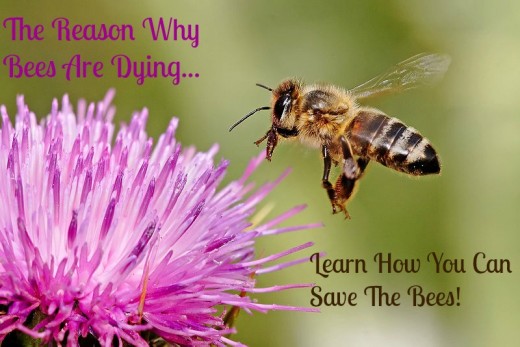
Why Are Bees Important
Honey is merely the delicious byproduct of the real work honeybees contribute to our society. Vast sections of our economy rely on the bees to produce fruits and vegetables, hay for farm animals and natural fibers for textiles.
It is often said that bees are responsible for every third bite of food that you eat. Many plants require cross pollination in order to bear fruit; tomatoes, almonds, cucumbers, cotton and hay all require the efforts of the fuzzy bees to carry pollen from one plant to the next. In fact the work of our busy bees contributes 15 billion dollars to the US economy annually.
Without the bumblebees, entire crops will not bear fruit, farm animals will not have fresh alfalfa to consume and cotton will no longer be the fabric of our lives.

Why Are Bees Dying
Several factors have been suspected in the progression of Colony Collapse Disorder. Chief among the suspects have been pesticides and loss of habitat.
Loss of habitat has come about as more and more farmers turn to producing grains, such as corn and wheat, which do not produce the nectar nor require much of the pollination efforts of bees. Pesticides, in particular the neonicotinoids, are also suspected in the demise of the bees. It has been understood for a while that neomicotinoinds pesticides negatively impact bees at very low levels.
The theory that neonicotinoids in particular are responsible for the bee population decline has become contentious. Neonicotinoids are a class of neuro-active instecidies that are chemically similar to nictotine (did you get the "nicotine" buried in that long name). Proponents of neonicotinoids favor their use as they appear to be relatively harmless to mammals.
The proponents of neonicotinoids have demanded proof that they were to blame for the bee population decline, citing loss of habitat and insect mites as being equally culpable for their population collapse. The use of these particular insecticides has already been banned in several European countries. So what exactly is causing the bees to simply abandon their hives and colonies?
As the insecticide killed brain cells, the bees were unable to forage for food, reproduce or effectively nurture the next generation of bees.
How Toxic Brain Damage Contributes to Bees Disappearing
In the study[1], Chronic exposure to neonicotinoids increases neuronal vulnerability to mitochondrial dysfunction in the bumblebee, published in January, 2015 in The FASEB Journal, researchers sought to determine what specific effects neonictinoids were having on bumblebees. What they found was disturbing; these specific insecticides, even in minute traces, were causing brain damage to the bees.
Initially, researchers fed the bumblebees a sugar solution laced with neonictnoids at 2.5 parts per billion, the level one would find in an area located nearby a field with a crop that had been treated with this insecticide. Tracing the toxin through the bees' systems, they found that it traveled to the brain where it resulted in brain cell death leading to impaired learning function. Bees were soon unable to detect nectar and pollen in flowers, and their foraging skills declined. Furthermore, tests showed that bees were similarly impacted at one tenth the initial test level.
In a further step, the study went to remote fields in the Scottish Highlands that were unlikely to have had any previous pesticide treatments. Here neonicotinoids were introduced, and the effects on the indigenous bee population were observed. Only a few of the local colonies appeared to thrive. The majority of colonies showed a marked decline in effective foraging, populations of colonies were smaller and their nests were poorly maintained with fungus developing in them.
As the insecticide killed brain cells, the bees were unable to forage for food, reproduce or effectively nurture the next generation of bees.
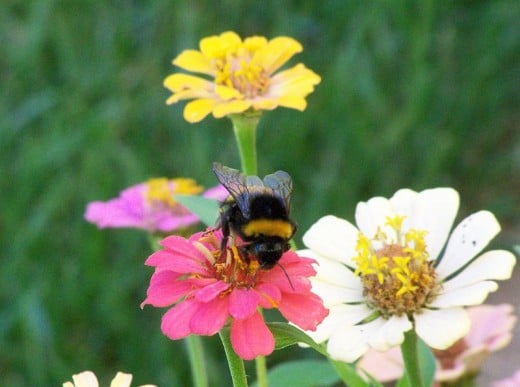
What You Can Do On An Individual and Community Level to Save The Bees
These tips can help promote bee welfare by providing them with nutritious plants while avoiding pesticides produced with neonicotinoids.
Let the dandelions bloom in spring. Dandelions are one of the first flowers in spring that bees rely on for nutrition. Allow them to bloom in the spring, then once the trees have begun to flower, you can use a neonicotinoid-free weed killer to clean up your lawn.
If you see a swarm of bees, please do not spray pesticide on them. Contact your County Extension. They will send someone over to relocate the hive.
The center for food safety provides a list of lawn care products to be avoided. Bayer and Scotts are among the biggest neonicotinoid offenders. Here is their complete list of products to avoid.
A garden for all seasons. Here is a list of plants, ordered by season, that you will enjoy and will also nourish bees. Whenever possible, try to choose native varieties:
- Late Winter: Lenten rose, rosemary, daffodil, crocus and cowslip.
- Early Spring: Forget-me-not, foxglove, poppy, honeysuckle, thyme, sweet pea and salvia.
- Summer: Sedum, goldenrod, cornflower, lavender, snapdragon, verbena, raspberry, bee balm and hollyhocks.
- Winter: Ivy, mint and oregano

How to Save the Bees on a National level
Clearly the neonicotinoids need to be banned if we are to save both the wild bees and the honeybees. The first action you can take is relatively easy. Google search for the Senators and Congressional Representatives of your state. Every congressman maintains a website that allows for quick and easy communication with his or her office. A simple request that he introduce or support a bill in favor of a ban on neonicotinoids will help raise awareness of the research, and hopefully, eventually generate action. It worked for DDT and many other pesticides that have damaged our natural resources.
You may copy and paste the following letter, just replace the XXX's with your Congressmen's name and your own name and address. Your address is given so that the office can know you are a constituent and not a crackpot on the prowl.
Dear Senator XXX:
Our family has become increasingly alarmed by the decimation of wild bee and honey bee populations across the country, and we are concerned with the impact that their loss will have on our economy now and for future generations.
A recent study published in The FASEB Journal, demonstrates that neonicotinoid based pesticides are the main culprit of their demise. I invite you to review the research for yourself in the above link to the journal's website.
We hope that you will seriously consider introducing a bill to ban the use of neonicotinoid based insecticides, or if one were to be introduced, that you would support such a bill. Your kind attention in this matter is very much appreciated
Sincerely,
Your supporter, XXX
Your Address
Learn more about the amazing life of bees
Citations
[1] Chronic exposure to neonicotinoids increases neuronal vulnerability to mitochondrial dysfunction in the bumblebee (Bombus terrestris)
Christopher Moffat*,
Joao Goncalves Pacheco*,
Sheila Sharp*,
Andrew J. Samson*,
Karen A. Bollan*,
Jeffrey Huang*,
Stephen T. Buckland† and
Christopher N. Connolly*,1


